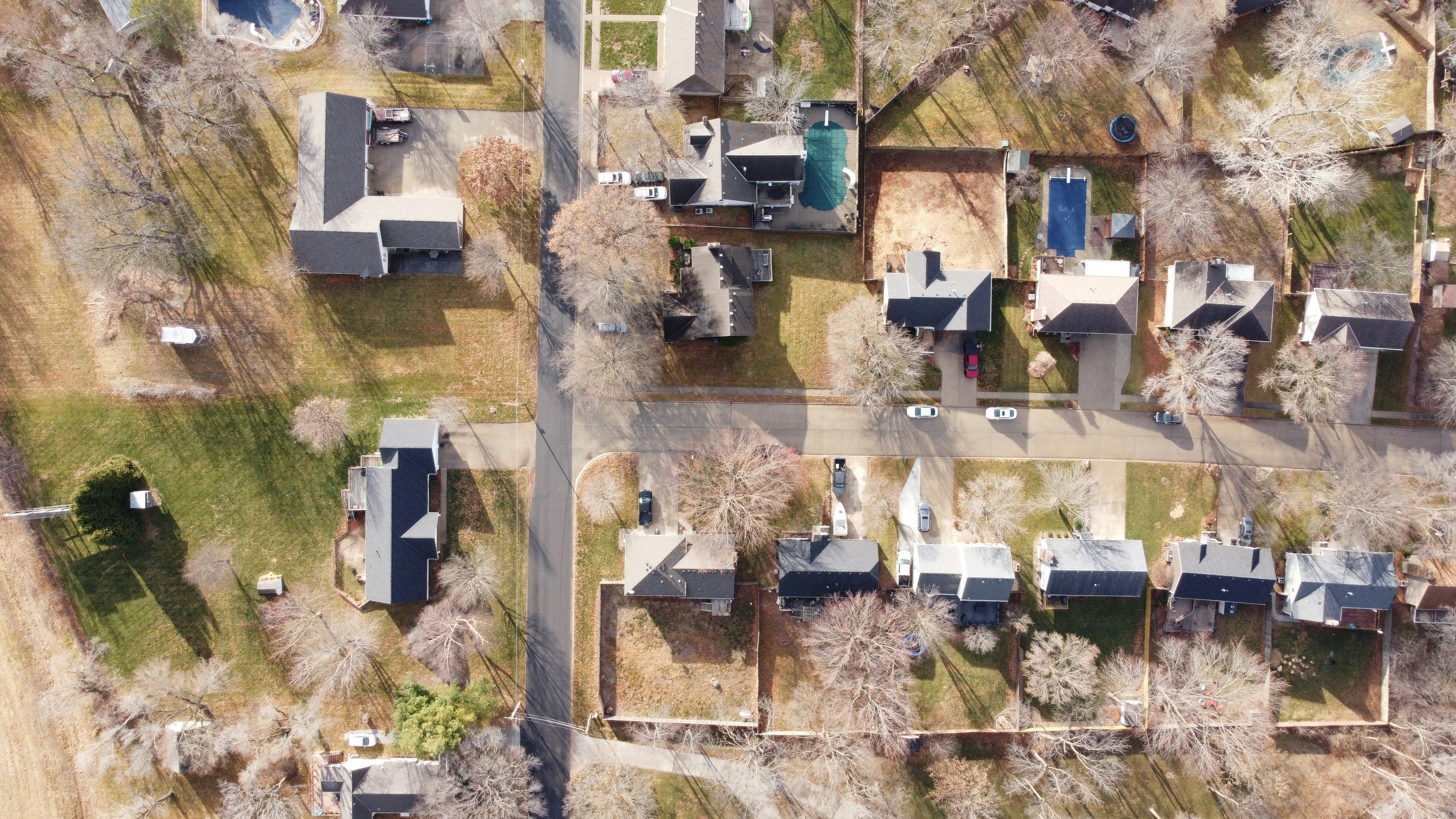The Anti-Modern Neighborhood: A Radical Prescription for Deep Health
The Full Episode Guide
🎧 In This Episode
We explore a radical concept: what if we could design our neighborhoods and communities around the five factors of health?
Jamison Price joins us to discuss how intentional community design could transform the way we live, connect, and raise our children.
It's not about creating a commune, but rather envisioning a neighborhood that prioritizes deep health, meaningful relationships, and purposeful living.
Listen Now
Sponsored By
MASA Chips - Tasty, healthy tortilla chips
LMNT - Zero-sugar electrolyte drink mix
Ridge - Premium wallets
Momentous - High-quality supplements
Function Health - Health data platform
Key Concepts
The problem with modern living isn't just individual choices but our environment itself, which makes healthy decisions harder and disconnection easier
Creating an intentional community starts with shared values and could include shared spaces, regular experiences, and rituals that bring people together
A neighborhood that prioritizes the five factors would reduce chronic stress, increase peace of mind, and create what Ben calls "presence of soul" in everyday life
The future of education could be reimagined around three pillars: health (five factors), wealth (financial literacy and entrepreneurship), and wisdom (philosophy and experience)
❤️🔥 A Deeper Dive
Big Ideas
The concept of a "Better Way" neighborhood, built around shared values and priorities
Keep reading with a 7-day free trial
Subscribe to Chasing Excellence to keep reading this post and get 7 days of free access to the full post archives.

